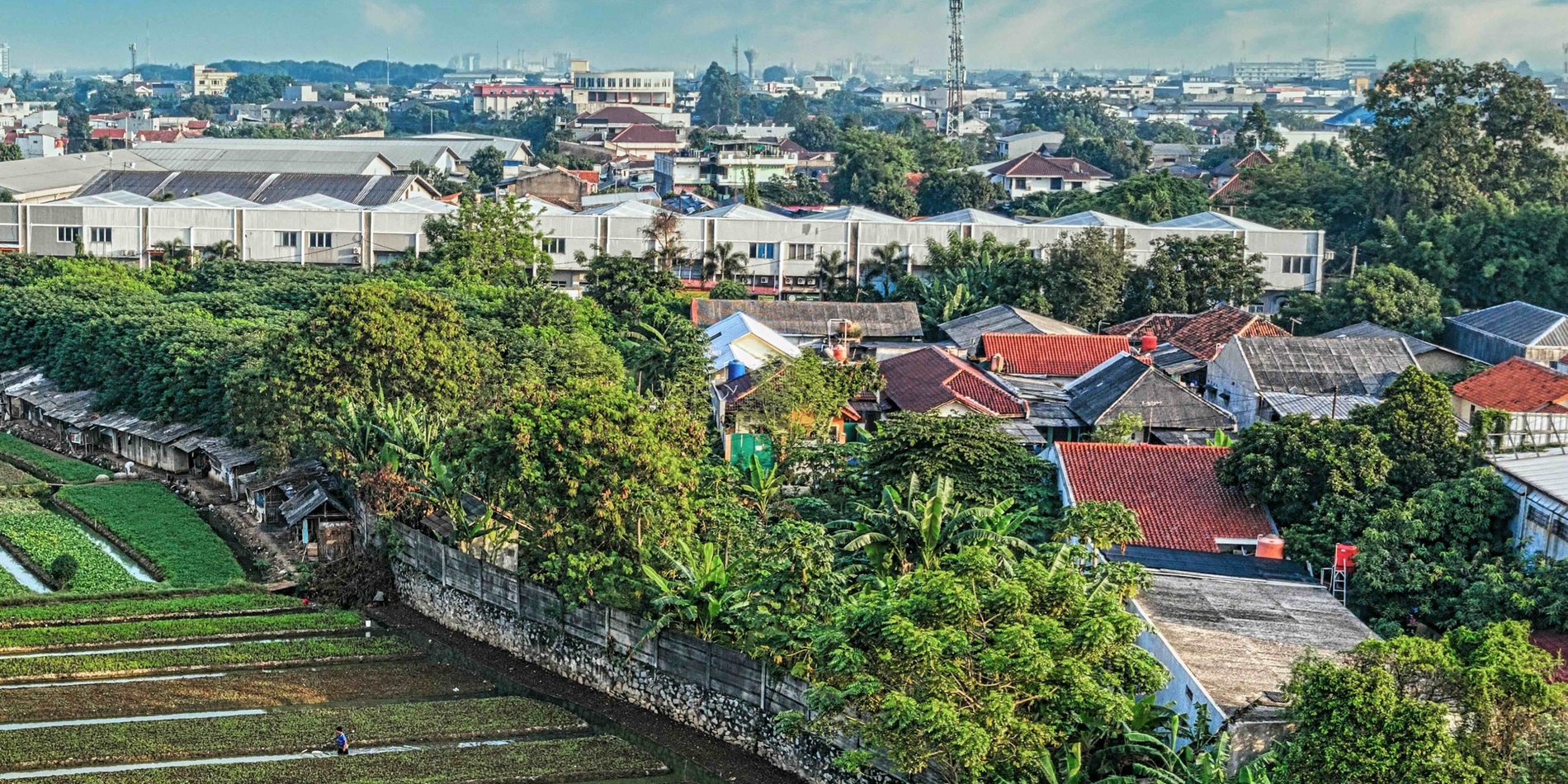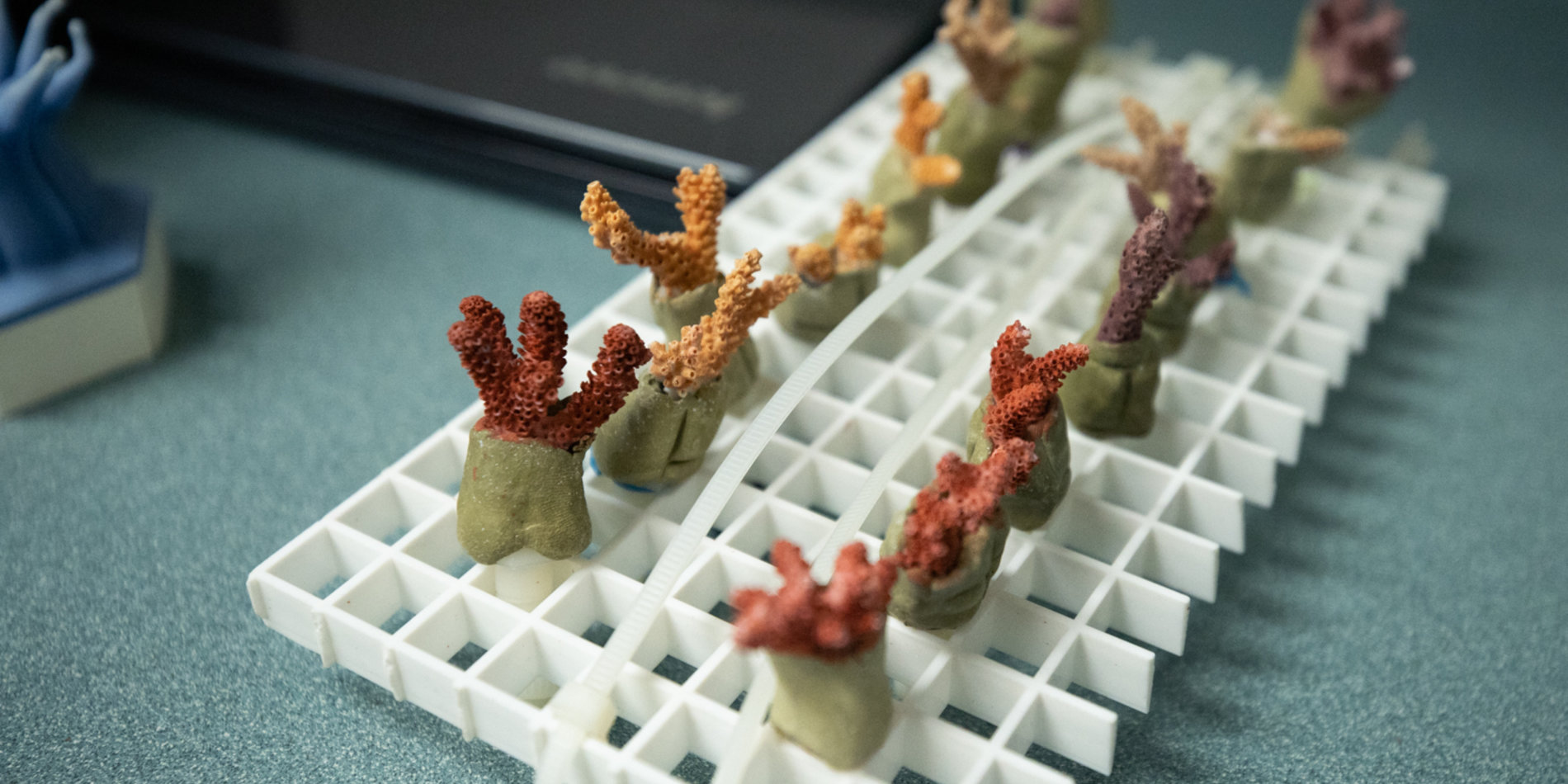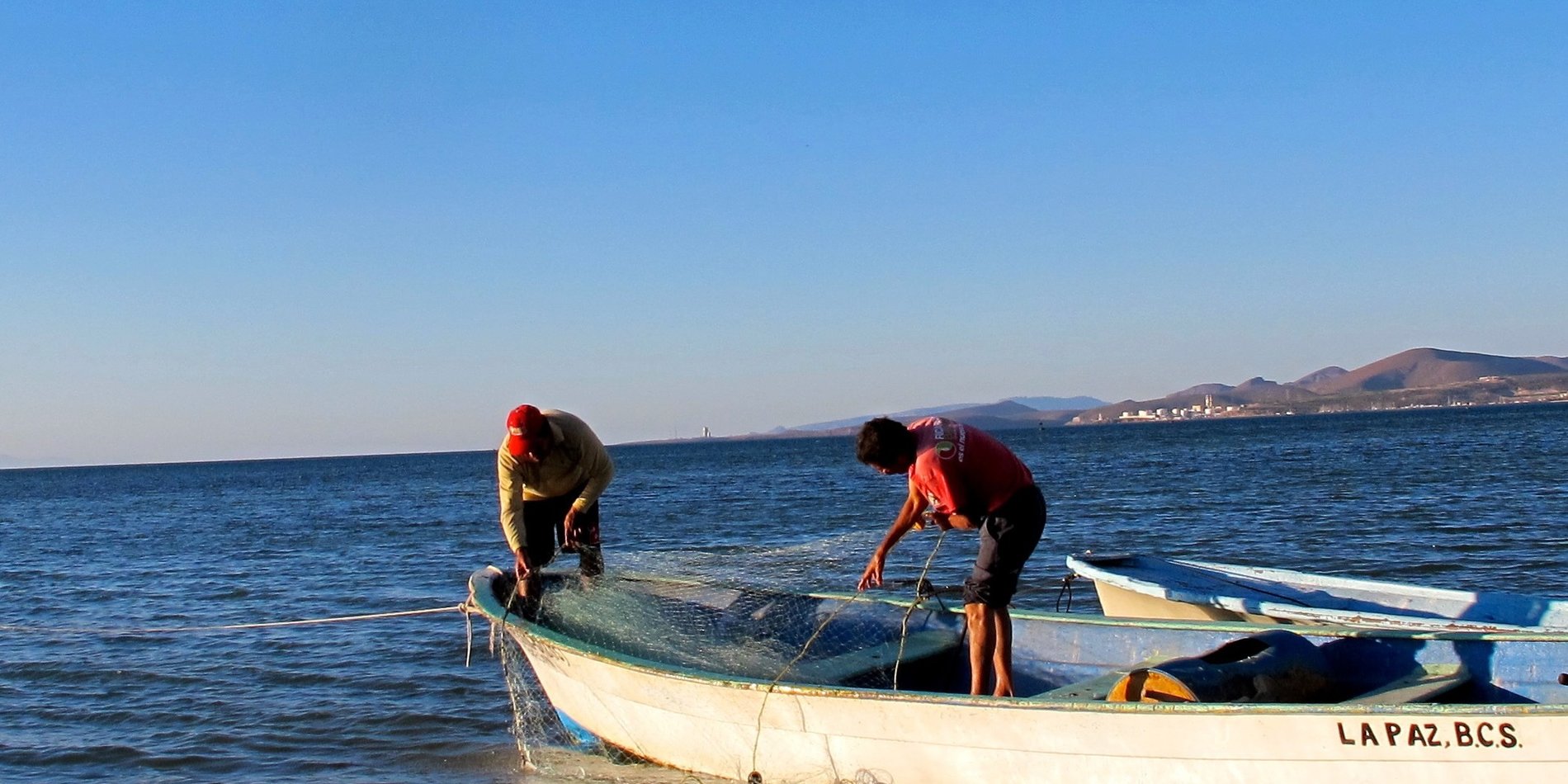The world is a year out from one of its biggest opportunities to bring together food scientists, industry leaders, and global communities at the 2021 United Nations Food Systems Summit. It must also bring together terrestrial and aquatic, or 'blue', foods if it is to be successful.
In a World Economic Forum Agenda piece published this week, Beatrice Crona, associate professor and deputy science director at the Stockholm Resilience Centre, and Jim Leape, COS co-director, advocate for bringing blue foods into the heart of the discussion about what future food systems might look like. They envision a global food system that better recognizes the benefits of blue foods and accounts for the tradeoffs of not treating land and water systems as connected.
“Blue foods are already an important part of the food system – a principal source of protein for more than 3 billion people – and they will be even more important in the years ahead,” said Leape. “To realize their potential, we need to take advantage of the incredible diversity of blue foods – more than 1800 species – to help us build a more resilient food system that can nourish a world of 10 billion people while staying within the limits of this one planet.”
The Blue Food Assessment (BFA) is a research initiative that aims to shed light on some of these benefits and tradeoffs of blue foods. It hopes to illuminate the science behind aquatic foods and the associated social, economic, and environmental systems so that when the Food Systems Summit comes around, blue foods are on the table.
In the leadup to 2021, COS and its partners on the BFA are exploring multiple avenues of research and public engagement to elevate conversations around the importance of blue foods.
This past June, while the world adapted to the restrictions in place to help curb the spread of COVID-19, the World Economic Forum and Friends of Ocean Action convened a series of discussions, titled the Virtual Ocean Dialogues. At the conference, COS, EAT, and the Stockholm Resilience Centre hosted a session on food system transformations that include blue foods at local, regional, and global levels. Just last week, COS and BFA partners participated in the Global Aquaculture Alliance’s annual GOAL Conference, also held online. Jim Leape moderated a panel discussion featuring three of the lead authors on the BFA and addressing exciting questions about how aquaculture and wild-caught fisheries management can contribute to a sustainable food future.
Discussions about blue foods’ potential to transform the global food system have also been featured in a Q&A on Stanford News and in a new paper published in Nature.
In their latest piece, Crona, who is co-chair of the BFA, and Leape urge decision-makers and policy experts to consider the diversity of blue foods, both from a species perspective and a production methods perspective. This high level of variety has the potential to support a resilient food system that is adaptable and efficient. Blue foods are not a catch-all fix for food security, they emphasize. Rather, they are a key factor in the future of food, one we cannot afford to ignore.



